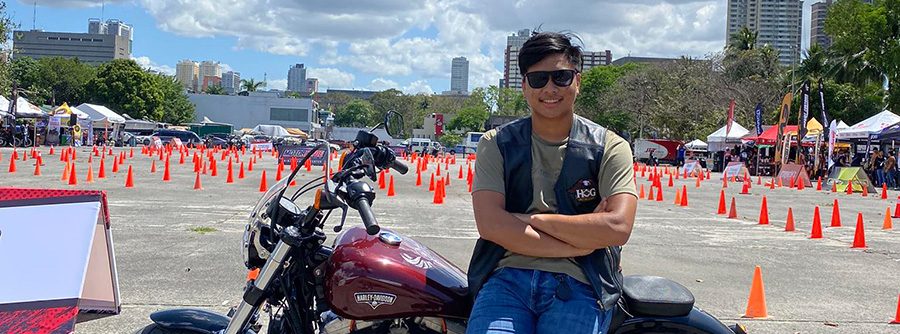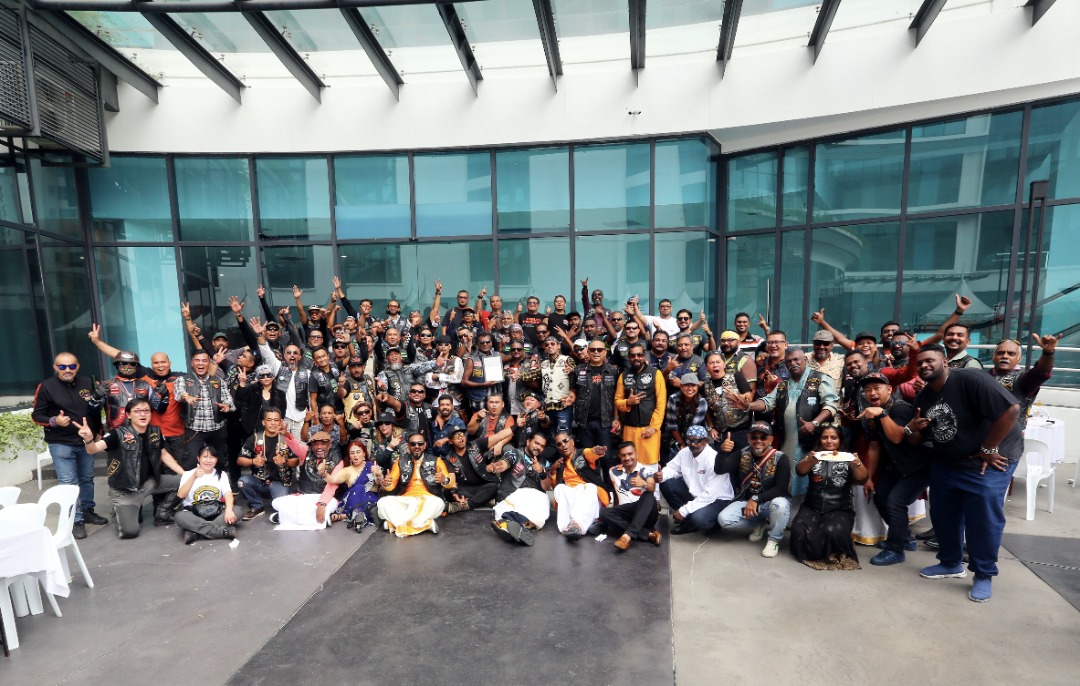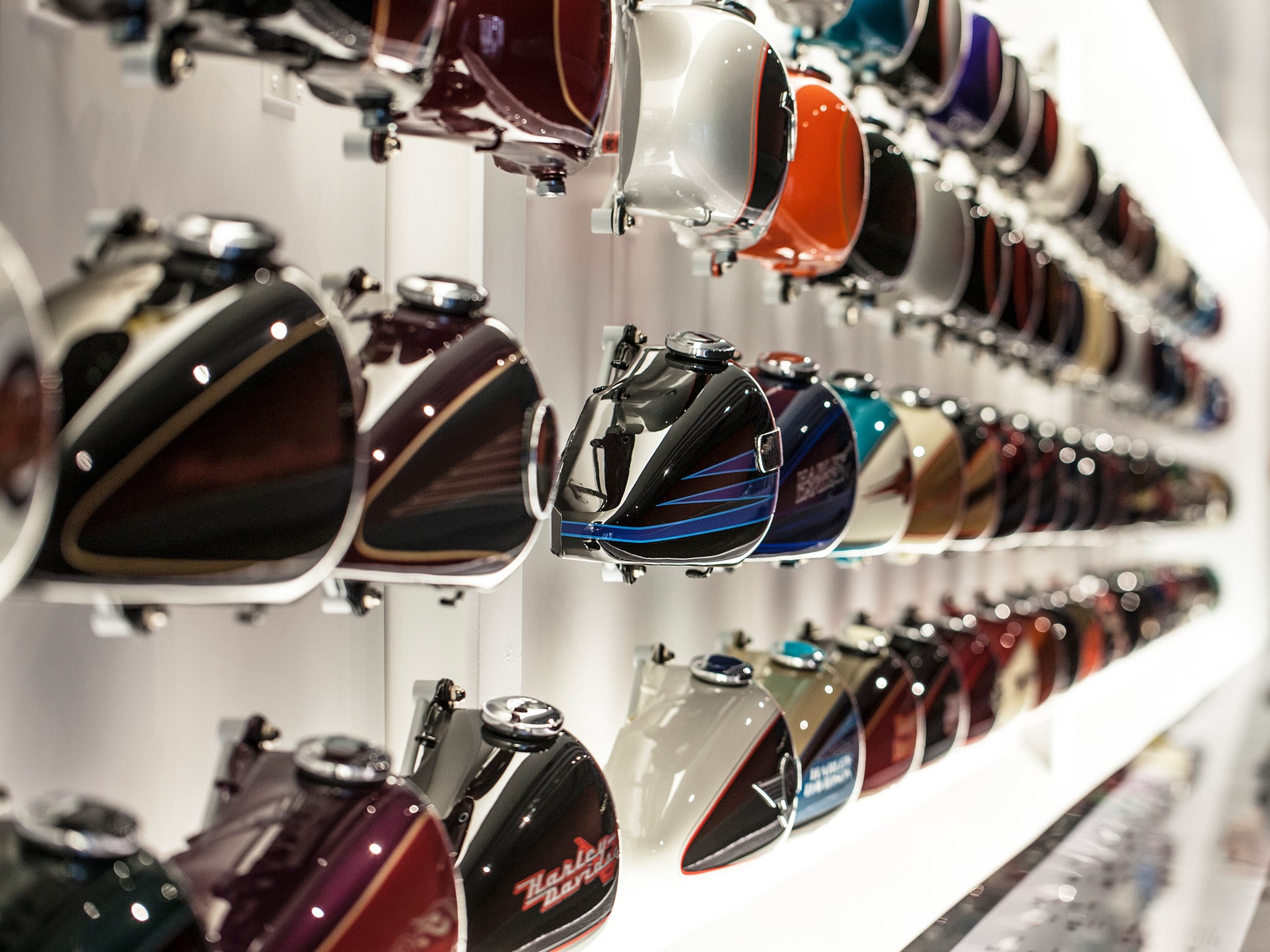
TANK BADGE TRIVIA
The seemingly simple fuel tank adornment has a surprisingly complex history
Words: Lemmy
We’ve all come to know and love the tank shapes for which Harley-Davidson® has become famous. The early strap tanks, the now-famous Fat Bob® tanks, and the ‘peanut’ and ‘turtle’ variations of the Sportster® tanks have all contributed to the striking profile and form of some of motorcycling’s most influential models.
You can’t walk by a Harley-Davidson without knowing what kind of motorcycle it is – what better place than the fuel tank exists to advertise the marque? You’ve probably felt that some of the emblem designs are just as iconic as the tanks themselves. Here are a few facts about some of the tank badges the MoCo has used.
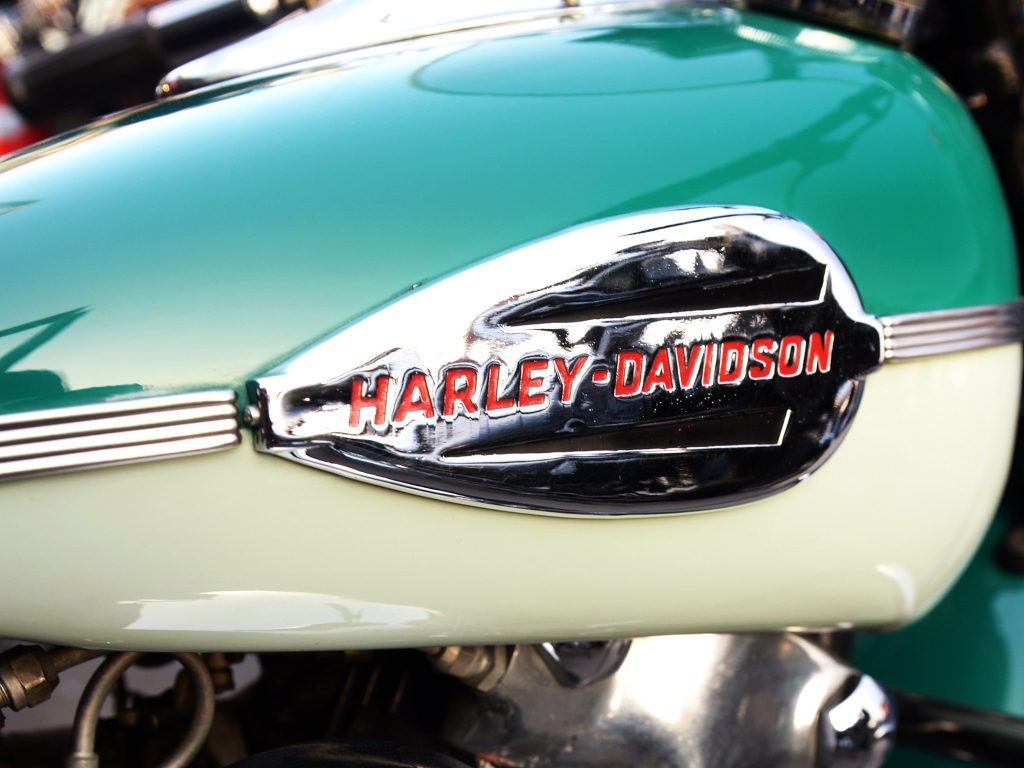
- The first metal tank emblem was used in 1940, and it was in the shape of a teardrop. It proved so popular that the same one (with additional stainless trim added in 1941) adorned Harley’s Big Twins until 1946. They’re not exceedingly common, though, because their production was reduced due to World War II.
- Beginning in 1972, the ‘AMF’ logo appeared on Harley-Davidson nameplates. American Machine and Foundry, who had purchased a controlling stake in Harley-Davidson, was seen as a poor steward of the Harley-Davidson brand, and it became popular for riders to remove, replace, or flip badges upside down as a show of their displeasure.
- On early Harley® models, the mount for tank medallions was actually spot-welded to the fuel tank. Because they changed mounts periodically, the style of mount welded on can help date a tank even if it has been separated from its motorcycle.
- Harley-Davidson has a ‘wall of tanks’ in their museum in Milwaukee, Wisconsin. Many of the tanks are displayed, painted, buffed to a high shine, mounted, and lit. It’s a great place to learn the history and see a given tank layout as it would have been seen on the showroom floors in the year it was produced.
- Emblems from mid-1952 to 1954 are made from stainless steel. Production of brass emblems halted because they contained copper, which was being conserved for the Korean War.
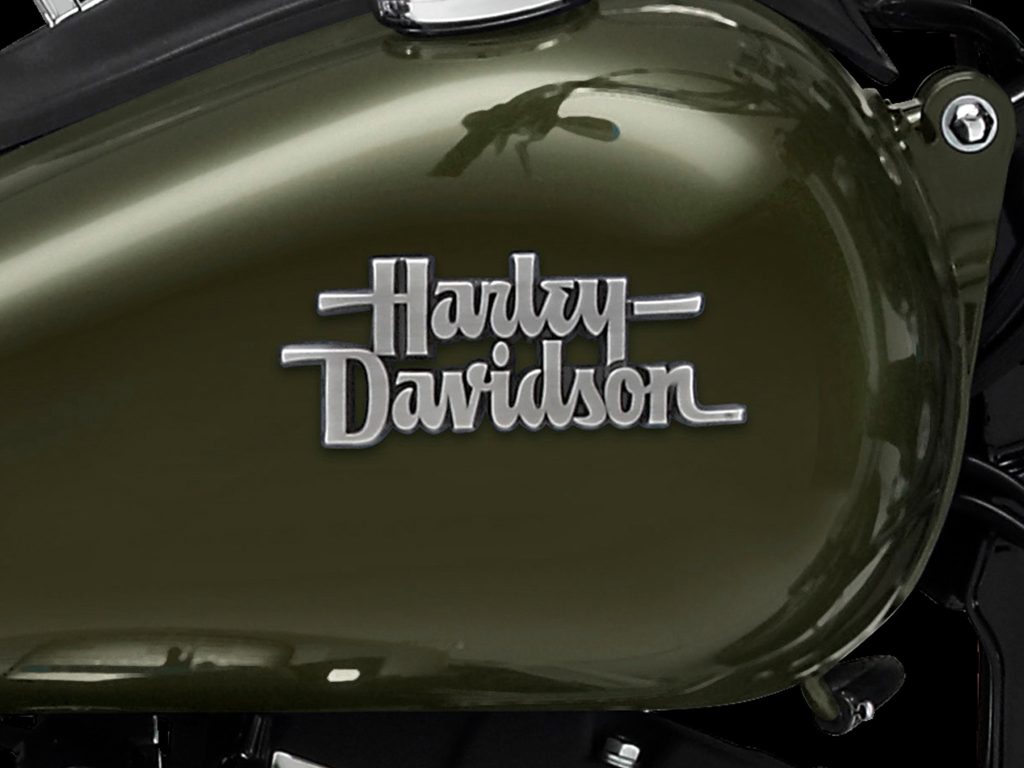
- 1957 marks the first year the MoCo used an emblem made of plastic. The 1957 roundel used a red, white, and gold motif, and for 1958, that colour scheme was swapped for black, silver, and gold.
- There were some tanks that Harley-Davidson did not prepare to accept emblems, and one such customer who requested this was the US government. Military tanks went unadorned – the cost of an additional frill such as tank trim was eliminated – and law enforcement users had similar requirements as many departments had their own paint schemes for motor officers. Harley-Davidson would accommodate special orders and supply tanks without badge mounts affixed to them.
- Harley unveiled the 1955 tank badge with its prominent ‘V’ in the design to reference the engine layout. (It’s kind of huge!) The rollout was explained to the sales network breathlessly in the Dealer News Bulletin. The MoCo stated the vee “has demonstrated its great superiority over all designs and today the V-type is regarded as the ultimate in the automobile industry.”
- Depending on the design, there may be one or two different badge part numbers for a given tank – some are ‘directional’ and thus have a correct side to which they must be applied.
- Some of the badges have common nicknames. The 1947-1950 badges are usually known as the ‘speedball’ whereas the 1961-1962 nameplates are usually called the ‘gunsight’ badge.
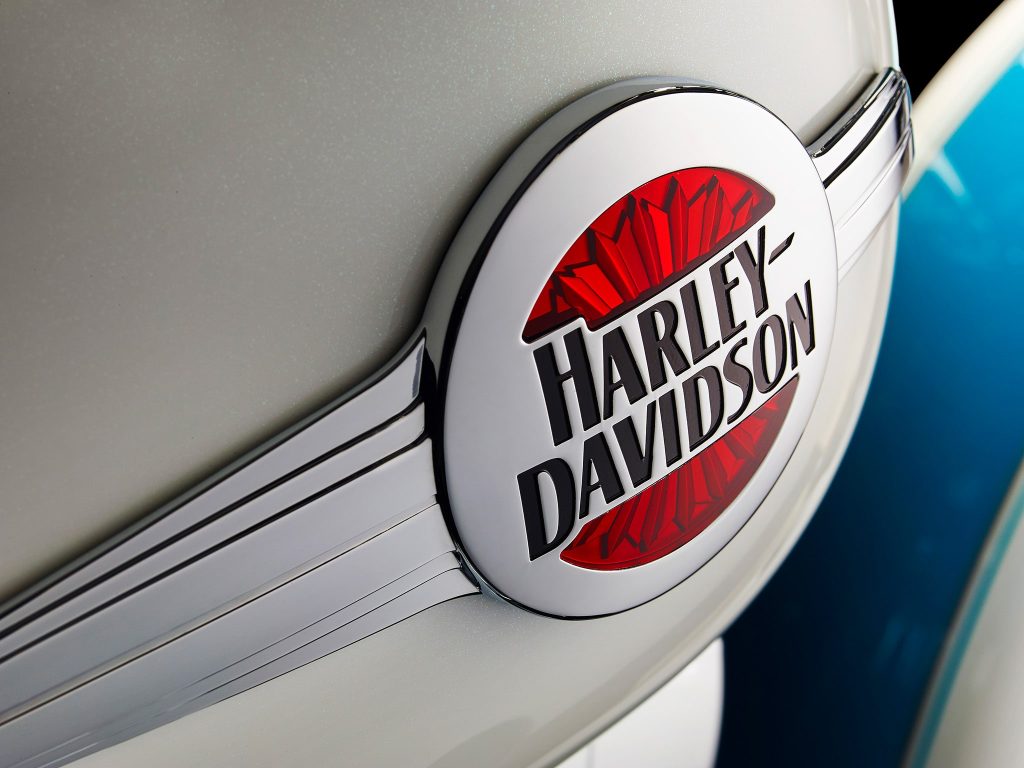
- Harley-Davidson sold emblem mounts for 1940-1950 models separately from the tanks. Many riders refreshed the look of their motorcycles to make them appear congruent with the latest styles. Normally, an earlier tank would be retrofitted with later mounts to display a more-current emblem, but newer tanks with older mounts crop up as well – customizing the appearance of the tank is not a new phenomenon. In fact, Harley-Davidson knows this and still offers tank badges and emblem mounts that are now sold with adhesive mounts so riders don’t have to weld and paint. If an older medallion design catches your eye, it can be quickly applied to a modern motorcycle.
- The 1947-1950 speedball emblem was created by Brooks Stevens, a rather famous automobile designer. His other works include the Miller Brewing ‘soft cross’ logo, the Jeep Wagoneer, and the beefy, streamlined look of the 1949 Hydra-Glide’s front suspension and nacelle.
- Harley-Davidson tank badges are not installed ‘level’ as the front end of the emblem sits higher than the rear.
Harley-Davidson has gone to great lengths over the years to put the prime real estate on the sides of the fuel tanks to good use. Maybe the next time a tank badge catches your eye, you’ll remember a tidbit or two you read here about it.
Tags:
Read more tales from the Harley Owners Group!
OUT OF THE DEALERSHIP AND ONTO THE HIGHWAY
Mr Anniversary rides through six nations on a day-old Road Glide™.
HARLEY LOVE STORIES
In our new series, members share what H.O.G. means to them and why they love the brand. This week we meet Fred Roduta: at 18 years old, he is the youngest member of Manila Chapter, Philippines, and an aspiring commercial pilot.
H.O.G. CHAPTER PROFILE : PETALING JAYA CHAPTER, MALAYSIA
In a new series, we’re asking chapters from across the Asia-Pacific region to introduce themselves. Next up is the Petaling Jaya Chapter of Malaysia.

